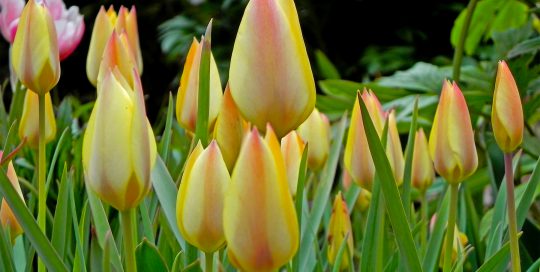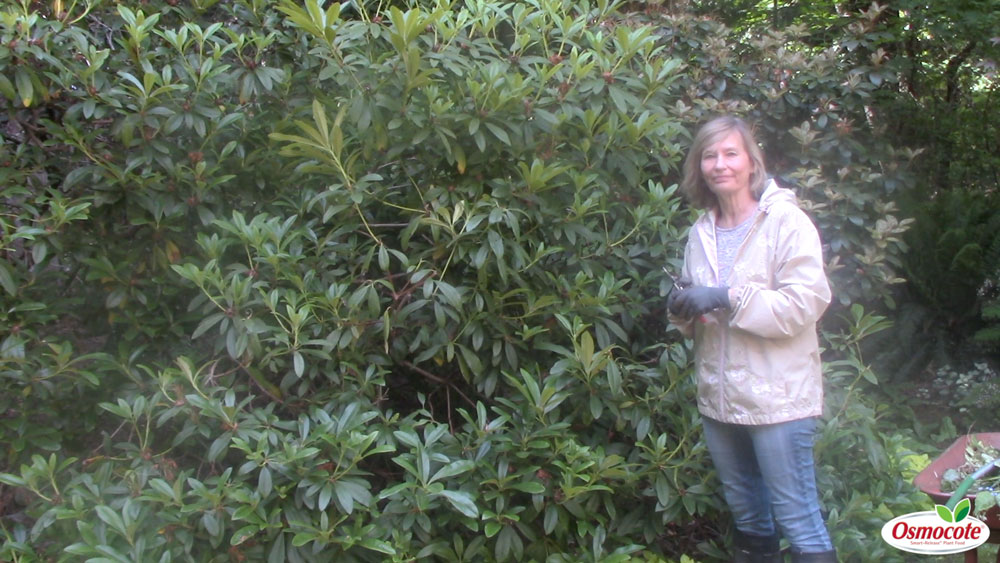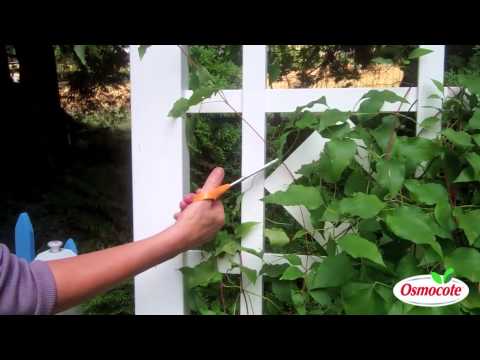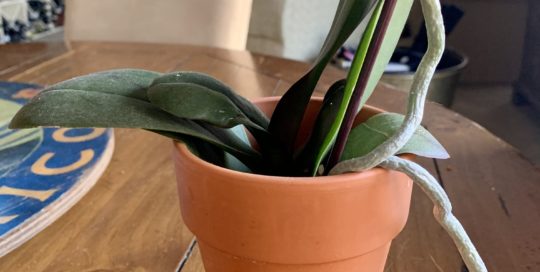Deadheading Flowers: How to get more blooms
By Nina Koziol
When I plant annuals, perennials, hydrangeas or roses, I expect them to provide flower power in our garden from summer into fall. It’s easy to do by simply deadheading—removing old or spent (finished) flowers. For many of my plants, deadheading encourages more blooms, especially on annuals, such as salvias and zinnias, perennial coneflowers and repeat blooming roses.
There are other reasons to deadhead flowers. I’m not really a neat freak in the garden, but removing spent blooms cleans up the plant and makes it look tidy. For example, peonies and daylilies often have soggy looking, limp blossoms once they’ve finished blooming. I simply cut them off and into the compost pile they go. Off come the spent stems of hosta and coleus flowers. I’d rather look at the spectacular variations of the foliage than the spent flowers. Ditto for pinks (Dianthus chinensis). I want the attention focused on the plant’s beautiful silvery foliage rather than the dried, brown seed heads. You get the picture. It’s all about the show.
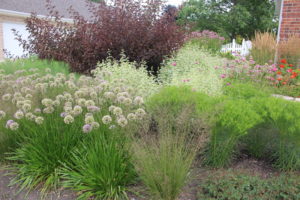
Deadheading Shrubs
I grow several varieties of butterfly bush (Buddleia) for their fragrant, pollinator-attracting blossoms. But the dried brown seed heads detract from the colorful flowers, especially on white-flowered specimens. As soon as the flowers turn brown, I clip them off along with several inches of the stem. This not only encourages more blooms but allows the stem to send out two side shoots with more buds, making for a more substantial plant. As we move into late summer, the clusters of flowers are smaller but more numerous.
Annabelle hydrangeas bloom on new wood and as I cut the huge blossoms for use indoors the plants continue to send up flowering stems. Depending on the length of our growing season, the same thing happens when I remove flowers on our panicle hydrangeas—Lime Light, Little Lime, Quickfire and Vanilla Strawberry. More flowers appear. However, as the panicle hydrangea flowers change color, I leave them intact where they create quite a show going into autumn.


